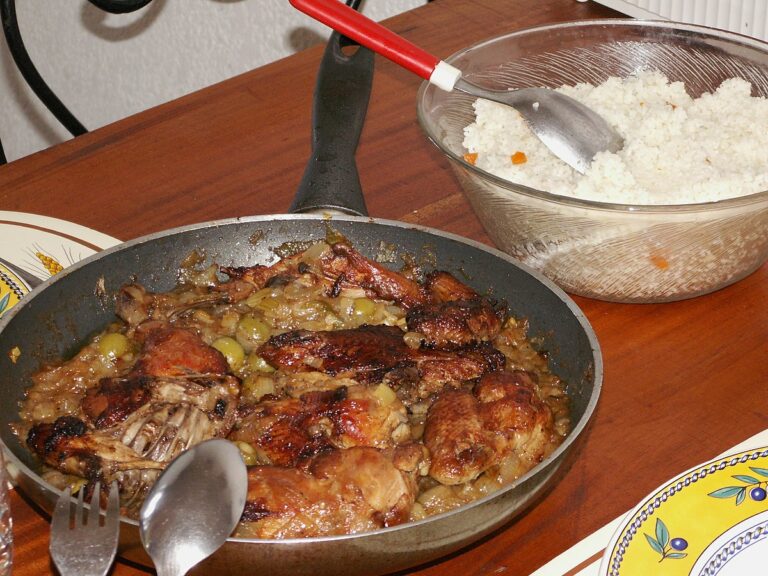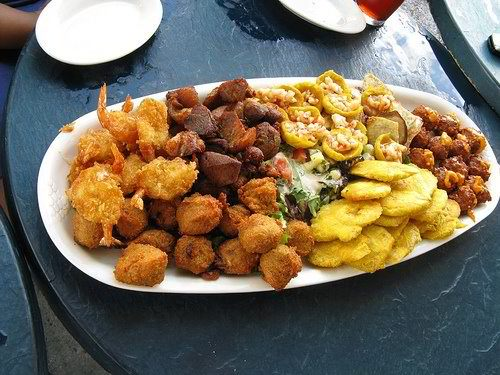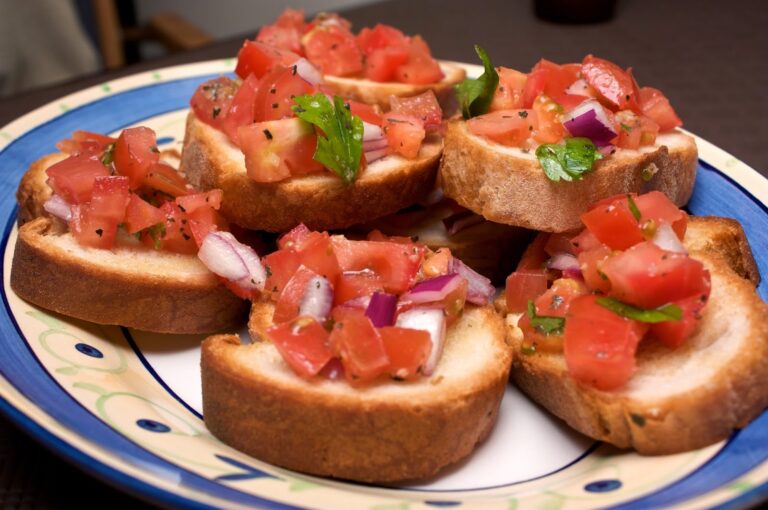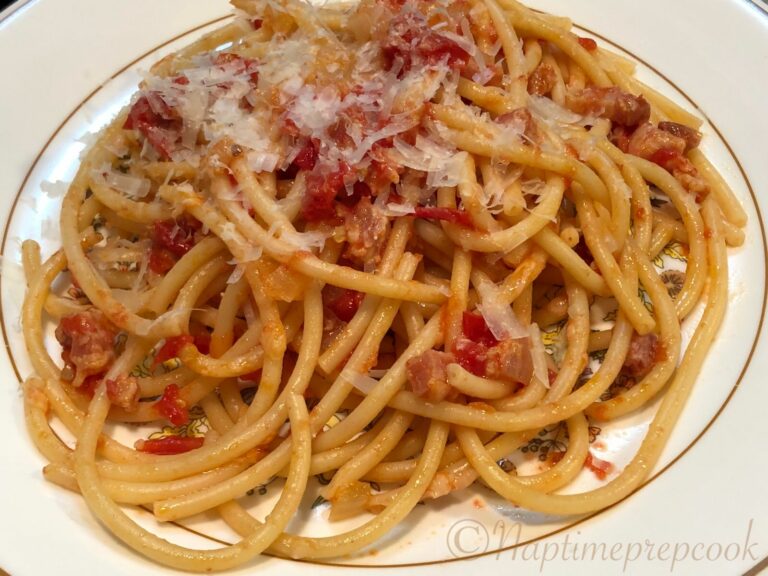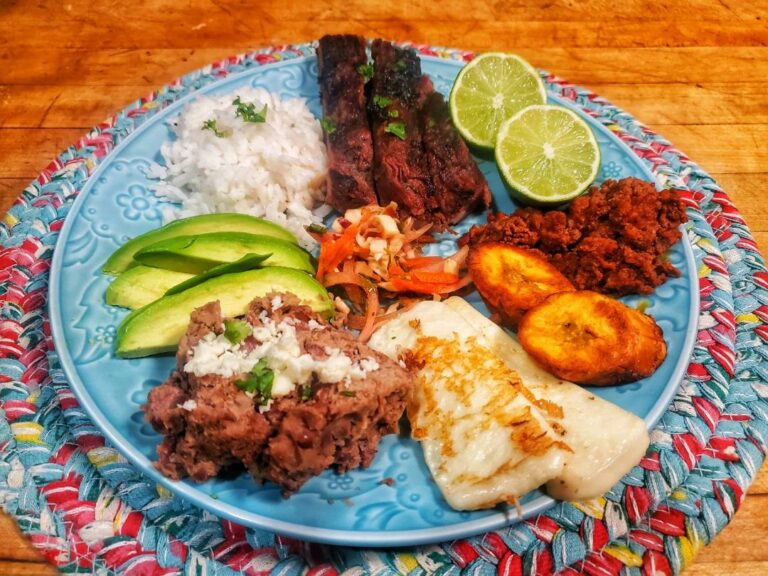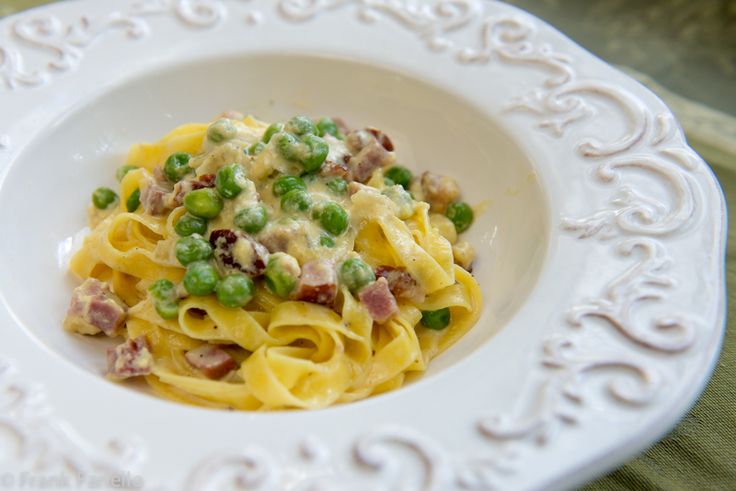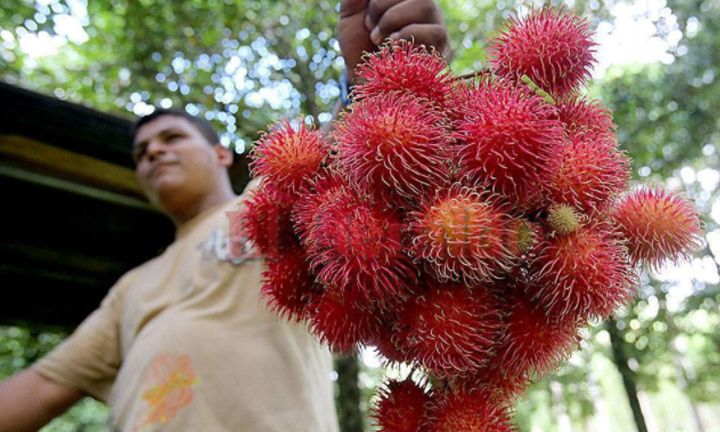Introduction: Holy See and its cuisine
The Holy See is the central governing body of the Catholic Church, located in the Vatican City. Its cuisine is characterized by simplicity and traditional flavors that reflect the Church’s values. Holy See cuisine has been influenced by different countries, and one of the most notable impacts is from Italy. The close proximity of the Vatican to Italy has made it possible for Italian cuisine to have a profound effect on the Holy See’s culinary culture.
Historical background of Italian influences
Italy has had an immense impact on the Holy See’s cuisine since the Vatican was established in the early 4th century. The cuisine of the Holy See has been influenced by the different regions of Italy, such as Tuscany, Abruzzo, and Lazio. The Papal States, which existed from 756 to 1870 in central Italy, were an essential aspect of the Roman Catholic Church’s history and had a significant influence on the Holy See’s cuisine. They were a crucial source of ingredients for the Vatican, and the influence of Italian cuisine can still be seen in the menus of the Holy See.
Ingredients used in Holy See cuisine
The ingredients used in Holy See cuisine are typically simple and reflect the Church’s values of humility and modesty. The cuisine is heavily based on local ingredients, including fruits and vegetables, game, and meat. One of the significant influences of Italian cuisine is the use of olive oil, which is used extensively in Holy See cooking. Other Italian ingredients used in Holy See cuisine include fresh herbs, tomatoes, and pasta.
Italian dishes on Holy See menus
Italian cuisine is evident on the menus of the Holy See. Pasta dishes are commonly served, and the Vatican’s signature dish is likely the spaghetti alla carbonara. Other Italian dishes that can be found on Holy See menus include lasagna, risotto, and tiramisu. The Vatican’s Michelin-starred restaurant, La Pergola, serves dishes such as black truffle fettuccine and saffron risotto.
Holy See culinary traditions influenced by Italy
The Holy See has adopted several Italian culinary traditions, such as having a long lunch break and serving aperitifs before dinner. The tradition of having aperitifs originated in Italy and has been passed down to the Holy See. It is customary to serve a small snack with a drink before dinner. Another tradition that has been influenced by Italy is the use of the “slow food” approach, which emphasizes the use of fresh, local ingredients.
Conclusion: The impact of Italy on Holy See cuisine
In conclusion, Italy has had a significant impact on the Holy See’s cuisine. The close proximity of the Vatican to Italy has allowed for the influence of Italian cooking to be felt in the Holy See’s culinary culture. Italian ingredients are commonly used, and Italian dishes can be found on Holy See menus. Italian culinary traditions have also affected the Holy See, including having a long lunch break and serving aperitifs before dinner. The influence of Italy on Holy See cuisine is a testament to the cultural exchange between the Vatican and Italy.


